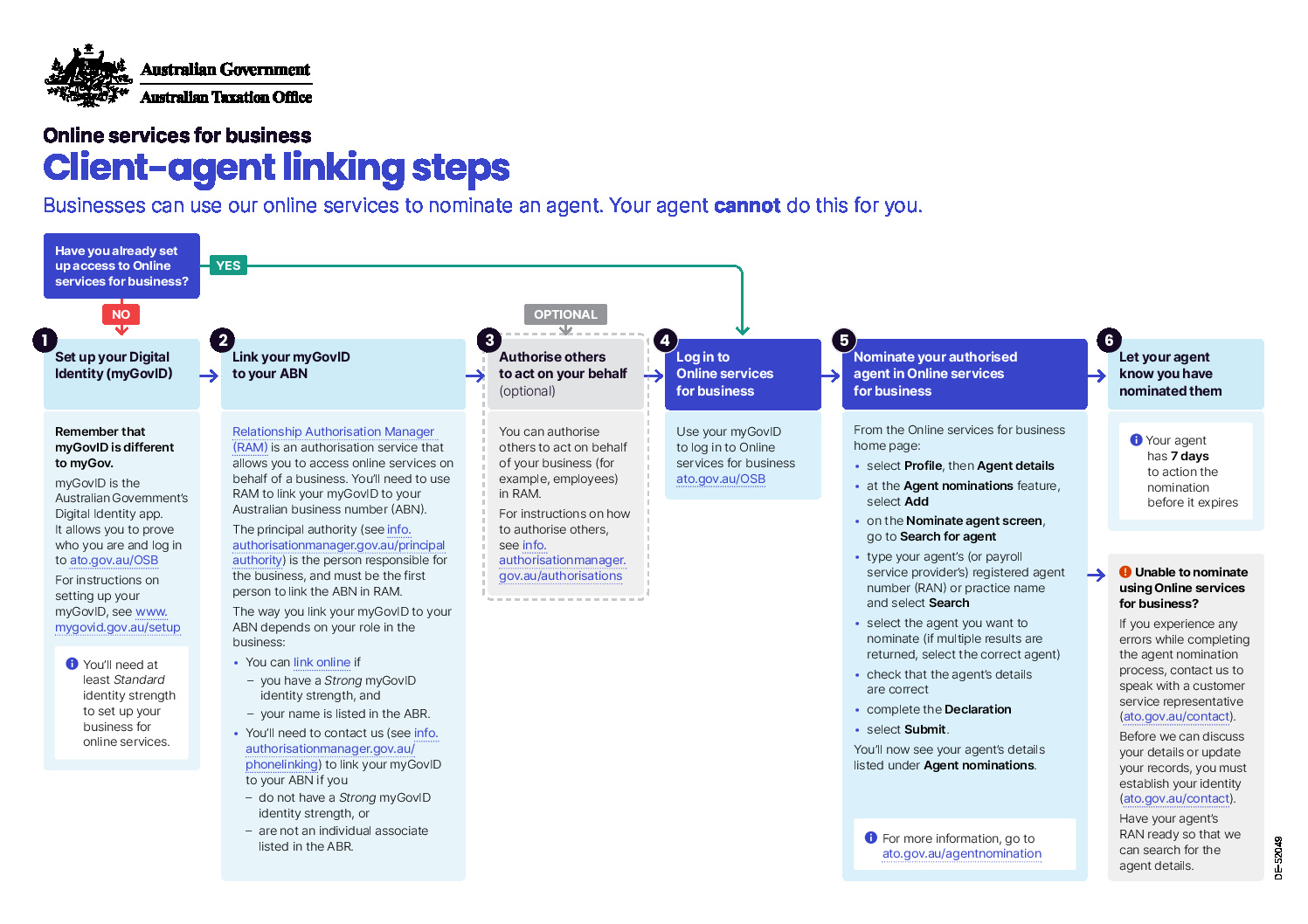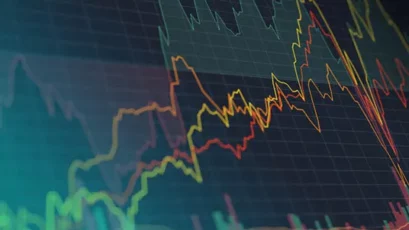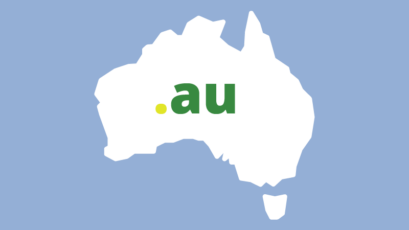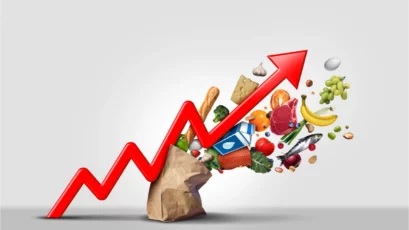July was a great month for markets, continuing a rally that started on the last two days of the financial year. The ASX200 Accumulation index was up 6.29% while the ASX Small Ords Accumulation gained 8.57% during July.
Global shares were a little more modest with the S&P500 up 3.57% in USD terms. The rising Australian dollar, up 1.87% during the month, shaved international returns as measured by the MSCI World Total Return index (AUD) back to 2.13% for July.
The Australian dollar rally must be frustrating for the RBA right now. Reading the notes that accompanied the cut from 1.75% to 1.50% on August 2, you find a passing mention of the currency however, it seems likely to have been a big factor in dropping the rate. The rate cut itself was not a big surprise, nor the action by banks to pass on only a portion of the cut to borrowers. No, the big surprise was that term deposit rates were not cut by the same amount. Could it be that someone is getting the message that conservative retired savers, who may not have been the world’s ‘big spenders’ in recent history, are really starting to pull in the belt as income available from term deposits shrinks to all-time lows?
The comments by Glenn Stevens in his final speech as Reserve Bank Governor seem to have revealed more of what he was thinking than the sterile rate cut announcement. He focused on issues that ought to be the focus of grown up political debates by politicians of all stripes, yet get buried under the day to day opportunistic sniping. He mentioned debt-laden households who are reluctant to spend, which in turn makes it harder to stimulate. These households, when delivered a rate cut and faced with uncertainty, seem more likely to use the benefit to pay down debt, rather than spend. This has made monetary policy (pulling the interest rate levers) less effective than in the past.
The quality of government deficit spending was also put into focus. In his appeal that governments do more to stimulate the economy, he was not advocating ‘helicopter money’, as delivered by Kevin Rudd, and he also warned against being complacent in borrowing to fund day to day government outlays. His focus was on the government replenishing the stock of long-lived investment assets that produce an economic return. I think everyone agrees that deficit spending on such projects is in everyone’s interest. My thoughts – not his – would such a productive asset be a football stadium, or a new export facility for live cattle? A casino, or a railway line? Governments really need to think hard about how to get the most bang for buck out of any deficit spending. Mr Stevens did conclude by saying that we had better start having these hard conversations before the next crisis.
Turning to world events (not the US election – there will be plenty of time for that in the next few months), a sector that carries potential contagion effect is the European banking system.
Will the Italian banks become the ‘scene of the accident’ that triggers the next crisis?
There is no doubt that the Italian banking system is in need of additional capital. More than a third of Monte dei Paschi’s loans are non-performing, and it sits at the bottom of the table of 51 European banks in the latest ‘stress testing’. The Italian economy is smaller now than it was 16 years ago. And opportunities to improve productivity, while they exist, are unlikely to be grasped by a government that ranks as the least effective in all of Europe.
The vexing question is who will stump up for new shares to expand the bank’s core risk capital?
There are three candidates: governments, new shareholders, or existing holders of hybrid bonds.
Unfortunately, EU rules allow state government bail-outs only if holders of hybrid securities are also ‘bailed in’. That is to say, the holders of those hybrid bonds take a loss on their securities as they are converted to equity in order to ‘re-capitalise’ the banks. In that case, the governments and the existing holders of hybrids share the pain. It is unlikely that new shareholders would be voluntarily pumping new money into these institutions with such a large book of impaired assets. Could Monte dei Paschi become Europe’s Lehmann Brothers?
We don’t know the answer, but it is on our minds as we position portfolios. However, it does lead us to another topic current in financial markets in July; Bank bashing.
The announcement of a $9.2 billion profit at CBA poured more fuel on the fire of the haters who are convinced of the need for a royal commission. While $9.2 billion is a big profit, it needs to be seen in the context of how much the company is worth, and the total value of its loans.
The value of all the CBA shares on the market today is $132 billion. So the $9.2 billion profit equals just 6.9% return on investment after tax on the current value of the shares held by hundreds of thousands of shareholders (yes, including those industry superfunds) who own CBA shares.
The value of all assets held by CBA (the vast majority being loans to homeowners) equals $933 billion. In context then, the $9.2 billion after tax profit represents a profit after tax and expenses of around 0.98% on those ‘assets’.
The final ratio to comment on is return on equity. This is the profit divided by the paid up equity capital within the bank. This ratio is 15.7% which, like the other Australian banks, is amongst the highest in the world. However, demands from global banking regulators, for all banks to hold more shareholder capital, will result in lower returns as profits are spread across a larger capital base. Macquarie bank forecasts that CBA’s return on equity will decline to 14.3% by 2019.
The upshot is, would we prefer a banking sector like the one we have in Australia or would something more akin to the Italian model be more to the public liking? Stable and trustworthy financial services are the lifeblood of a vibrant economy and the aggregate benefits from banks making a quarter of a percent more on loans than their global peers is likely to outweigh the cost of a banking system regulated out of existence.
Market valuations
The recent run up in the ASX200 to around 5500 has pushed valuations to a level above historical norms. At this level, the market trades at 16.8 times the expected 2017 earnings. With interest rates low, the case can be made that equities are fair value at these levels. However, the earnings outlook is subdued at best and we think that a trading range of 5100 to 5700 is likely to contain the market for the rest of the year.
In the US, markets have broken out above the highs from May 2015 and are in all-time high territory. The S&P500 trades at 17.2 times what analysts expected 2017 earnings (Factset consensus). When looking at trailing actual earnings, which declined by 3.5% over the last year, the ‘as reported’ P/E multiple is 24 times.
At these levels, markets are not cheap and we have equity holdings at lower than normal levels. The problem for investors is that there are few attractive alternatives and the temptation is to go all-in. We don’t advocate trying to time the market with an all-in or all-out position, but it is good to be aware of market cycles, and keeping some cash on the sidelines whenever prices get expensive.












